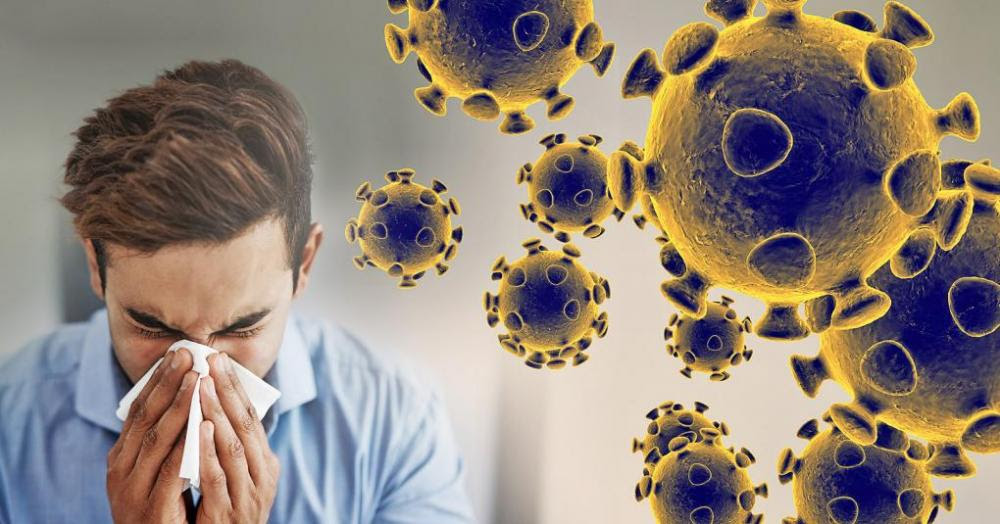Many women ask me whether they are in peri-menopause, and the answer often surprises them. By identifying signs and symptoms and reviewing appropriate lab tests, I frequently find they have been in peri-menopause for quite some time – even years! Those are years when something could have been done to alleviate the growing imbalance that causes these symptoms that undermine our quality of life.
Let’s talk about these early changes so you know when to consider getting professional help.
Or, if these life changes are already well behind you, share this information with your family and friends so they know what to watch for and avoid unnecessary suffering.
In the 10 year review of the Women’s Health Initiative Study that I covered in a recent issue of this newsletter, you may remember that a primary recommendation was that women begin hormone replacement therapy early, when these life changes are beginning to happen. This provides the best health outcomes with alleviation of extreme symptoms and the prevention of disease.
So, what are some of the early symptoms? Insomnia is a frequent one, and can begin as early as the post-partum period after your last pregnancy. Many times the progesterone level just cannot recover, and this can be the beginning of the hormonal imbalance of peri-menopause. Mood swings can be another, especially in the week to two weeks before the menstrual cycle when it is common to see increased symptoms of PMS, or to have them appear for the first time. Various levels of depression are also common symptoms.
Frequency of Menstruation
The menstrual cycle itself will change, often with more cramps, increased amount of flow, more clots, and overall more severe symptoms than you have previously experienced. And if that is already your norm, you may have imbalanced hormones right now and have had this condition for years – not really uncommon at all because many women are low in progesterone during their whole child-bearing years. They are the ones who often have the severe PMS and the debilitating periods. Thankfully, this can be treated and the balance restored to alleviate these symptoms.
Other women may experience peri-menopause with the onset of lighter periods, shortening cycles, or skipping periods – all signs that the hormone levels being produced by our body are changing and creating imbalances.
These changes contribute to the imbalanced hormonal state that can create fibroids, endometriosis, thickened breast tissue, overgrowth of the uterine lining, and other health changes. These imbalances can go on for years in some women, creating poor health, susceptibility to disease, and loss of vitality.
Another frequently asked question is, “What age does peri-menopause start?”
As you can see from the discussion so far, it’s earlier than most of us think. Currently, women most commonly start peri-menopause in their late 30’s to early 40’s. In this age of high stress and exposure to multiple environmental chemicals that promote endocrine disruption, we see peri-menopause starting earlier than in the days of our mothers.
In the new September issue of O Magazine, Dr. Oz published an article entitled “The Hormone Handbook – Every Woman’s Feel-good Guide.” He discusses how the change in hormone levels can be subtle but at the same time quite disruptive in our lives. Reviewing the basic roles of Estrogen, Testosterone, Thyroid, Cortisol & Aldosterone, and others, he lays out some steps that can be taken early on to get these hormones back into balance. Beyond that, he suggests working with a clinician who is trained in the art and science of hormone replacement therapy.
A knowledgeable clinician can order and interpret appropriate lab tests to determine whether your hormone levels are falling. The tests need to be done at a specific time of your cycle to get the most information. The results are then correlated with your symptoms to determine if it is time to begin with some hormone replacement or whether it is possible to use lifestyle practices, herbs and supplements to address the symptoms until it becomes necessary to prescribe hormones.
It’s never too early to do this testing because it gives us a baseline of where your normal hormone levels are. This baseline will be very helpful to guide us in tailoring future hormone replacement therapy for your particular needs.
If you or someone you know is suffering with severe symptoms of PMS, having continued insomnia, fluctuating moods, or depression, you can do them a favor by suggesting they explore the possibility of bio-identical hormone therapy. Beginning in my teens, I experienced heavy menses with profound cramps and PMS that I now know could have been treated. It’s my hope to help as many young women I can to avoid having to live those years with those types of experiences.
Here’s to Hormonal Balance for every stage of life and the resulting effects of better health, well-being, and vitality.
Jane Kennedy, CFNP, MN, MPH








